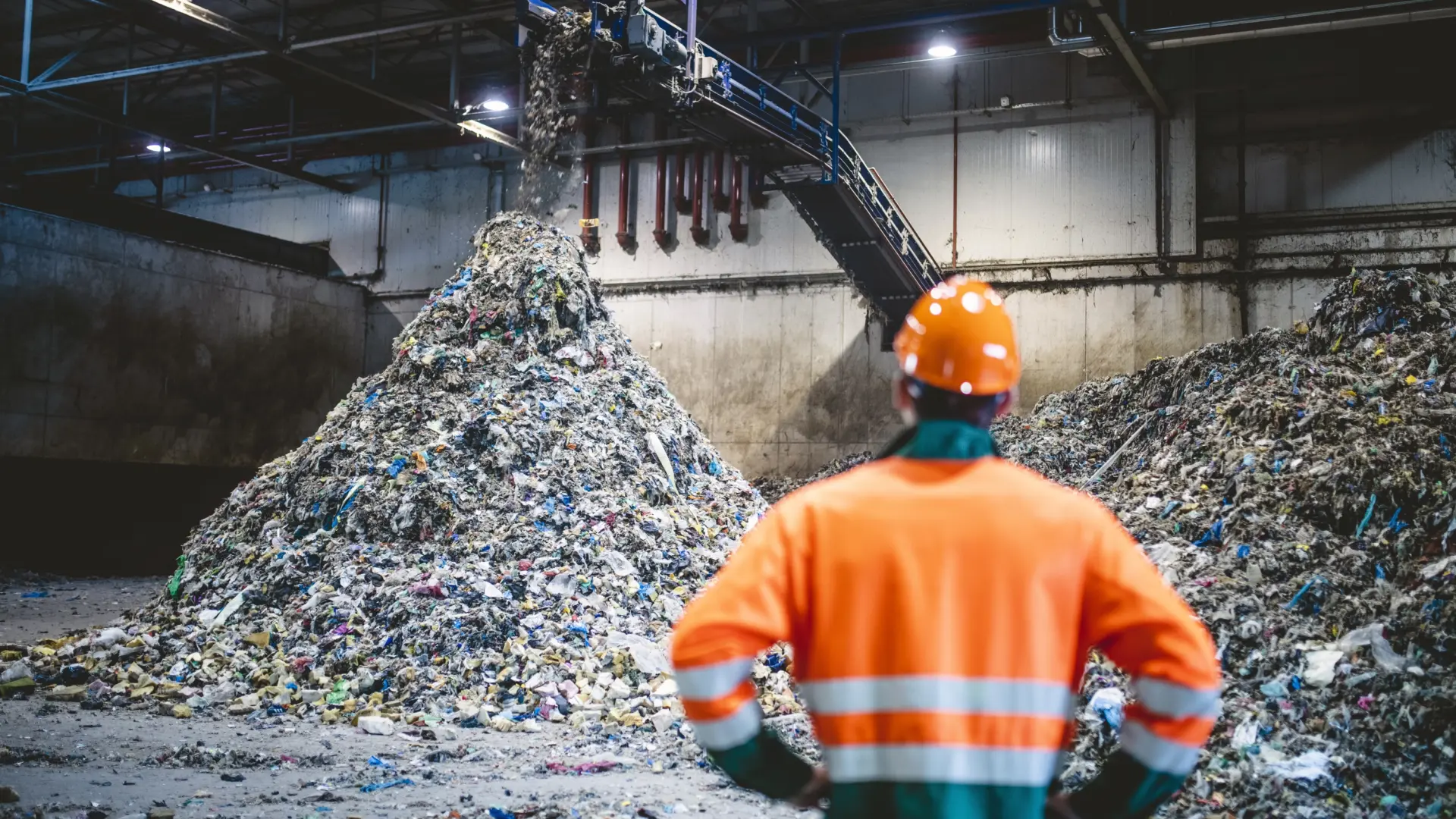
Spain is at a crossroads in the circular economy. The European Union is promoting this model to create green jobs, reduce import dependence and achieve climate neutrality. Our country remains too focused on prohibition and legislation, and too little on innovation.. Instead of using waste as a resource and creating new markets, Spain is missing a historic opportunity for economic transformation. According to a report by the IMD Global Competitiveness Center, we are ranked 39th out of 69 companies in this environment. Mediocre in terms of industrial competitiveness This is a global policy that prevents tools like “disruptive” innovation from assuming the importance our economies need to bring about structural change.
This has been stated in recent reports Nobel Prize in Economics, Mr. Mokyr, Mr. Aghion, and Mr. HowittBy stating, Growth cannot be achieved through investment aloneHere we can refer to ongoing European funds that are not able to transform the production structure, but rather have the ability to innovate. eco design and constantly transforming our production structure.
European estimates point out that by 2030, hundreds of thousands of jobs related to the circular economy will be created, many of them high-value-added. However, our circularity numbers are still below average. 8% and 9% of the materials used in the Spanish economy come from recycled materials, compared to just over 11% at European level..
Using this rattan, we risk being left behind meanwhile Other countries are turning circularity into an engine of innovation and competitiveness.
The government’s main approach is mainly regulatory, and Spain has seen a proliferation of laws, prohibitions, and a gradual fragmentation of market integrity. This regulatory fragmentation, combined with the lack of national harmonization with Europe, adds complexity and uncertainty to business activities. Rather than a single auxiliary materials market with clear and stable rules, The coexistence of multiple approaches hinders scale, increases compliance costs, and delays investment..
In addition to the proliferation of regulations, Lack of effective incentives for environmental investment. When other countries fund ecodesign, reuse, remanufacturing, or advanced recycling projects; Tax burden and legal uncertainty outweigh aid in Spain.
It will be difficult to surface in this environment hub A real “Silicon Valley” of technological or circular economy. If you really want to accelerate, We need legal certainty, administrative simplification, a single point of contact, and a fiscal framework. It rewards innovation and industrial scaling. The result is lost markets and wasted resources and unrecognized competitiveness.
Spain continues to waste potential to convert waste into high-value raw materials. The domestic market for recycled materials is fragile. There is a lack of price signals, long-term contracts, quality standards, and public purchasing to drive demand for secondary materials.
In critical areas such as waste electrical and electronic equipment (WEEE), collection targets are not met, flow traceability is lost, and as a result, Leakage of metals and valuable parts. All this leads to loss of business in recycling and remanufacturing, less creation of green jobs, and lack of innovation in processes and business models.
in parallel, A significant portion of the business community already recognizes circularity as a means for competitiveness, cost reduction and access to new markets.. The gap is therefore not in the business vision, but in the public framework, which does not yet have the necessary strength and coherence.
A comparison with countries using the circular economy clearly shows the difference in approach. The Netherlands has set ambitious targets and sectoral challenges for public and private investment to reduce virgin raw materials and accelerate demand for recycled materials. Italy has introduced specific financial instruments to incentivize circular projects and eco-innovation, while France has promoted a roadmap that includes precautions, reuse and new business models.
In all cases there is a common pattern. Long-term strategic vision, administrative simplification, funding for promotional projects and public purchasing That creates a market. It’s not about less regulation, but better regulation, and above all, it’s about combining standards, investment and innovation so that goals are actually achieved and create industry and jobs.
In all material geopolitics scenarios, Circularity and strategic autonomy are the levers of competitiveness. Europe relies on third countries for many of the key raw materials essential for energy and the digital transition, such as rare earths, lithium, cobalt and nickel. This dependency makes them vulnerable to trade tensions and supply disruptions. Europe’s response includes diversifying origins and, crucially, strengthening circularity. Design durable and repairable products, increase reuse, and most importantly recover metals and minerals About the “urban mine” represented by our industrial waste and electronic waste.
The new European regulation on critical raw materials sets out, among other things, the goal of covering at least the following: By 2030, 15% of annual consumption will come from recycled materials. For Spain, this means developing its own capabilities. Battery recycling, rare earth recovery, metal refining and traceability Materials are available through the Digital Product Passport.
In conclusion, it is urgent. Moving from green rhetoric to innovative action And eco-design. Spain cannot afford to arrive any later. Circular economy does not mean more procedures or more sanctionsBut it will require new, high-quality jobs, resilient supply chains, and strategic autonomy. To recover lost opportunities, we need to move from a penalty economy to an innovation economy, harmonize regulations and create a national single market for secondary materials, simplify procedures, align taxation and investment with eco-innovation, and mobilize demand-generating public purchasing.
talent exists, European market is big enough to scale up. There is a lack of political resolve and national policies to make circularity a true industrial policy. By aligning laws, incentives, and technology, Spain can stop being a follower and become a referent. The known alternatives are fragmentation, loss of competitiveness, and foreign dependence. The window of opportunity is still open, but it is narrowing. It’s time to act.



